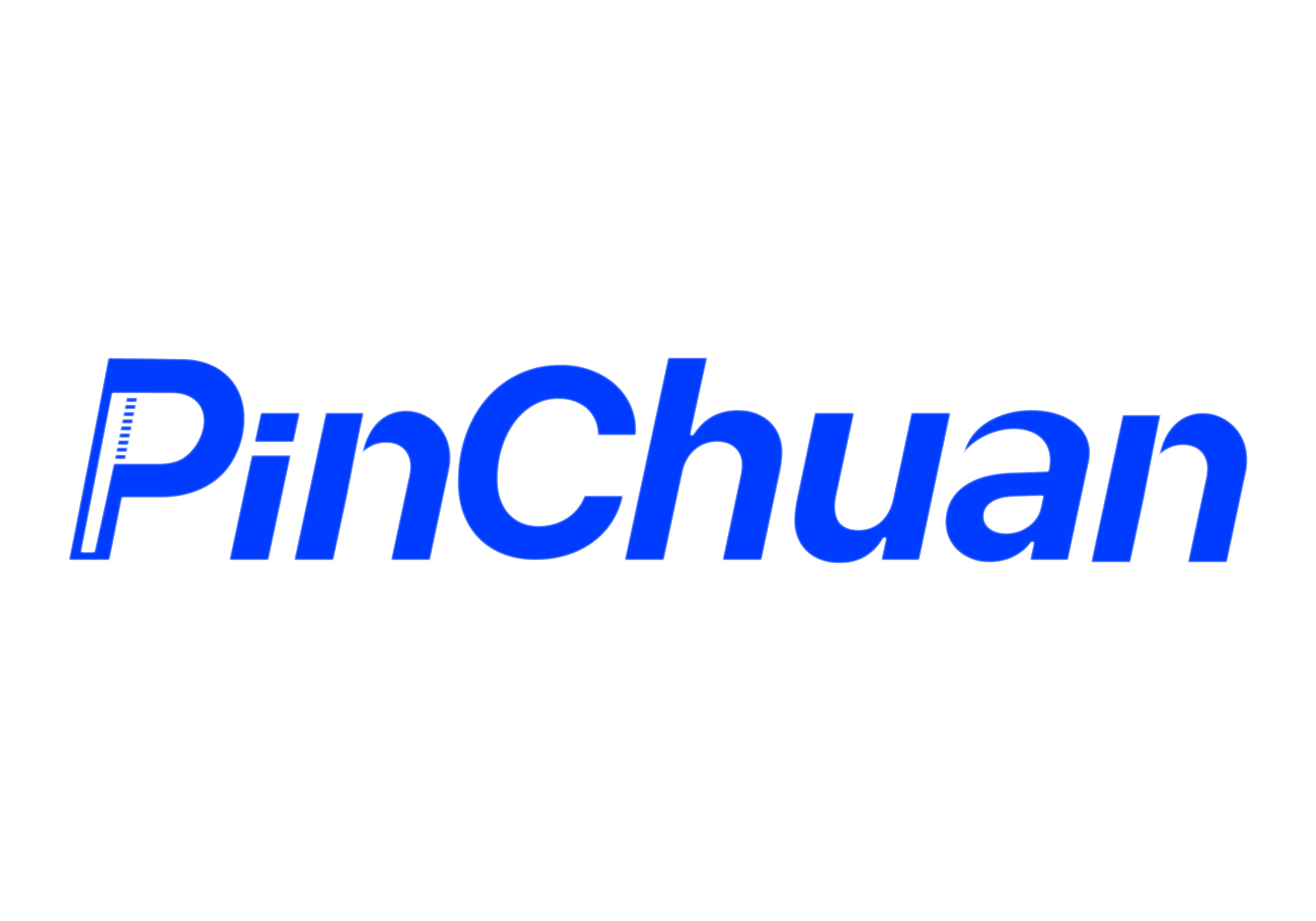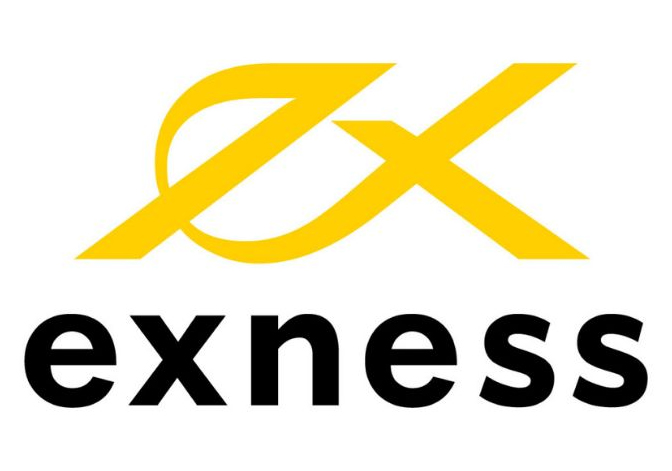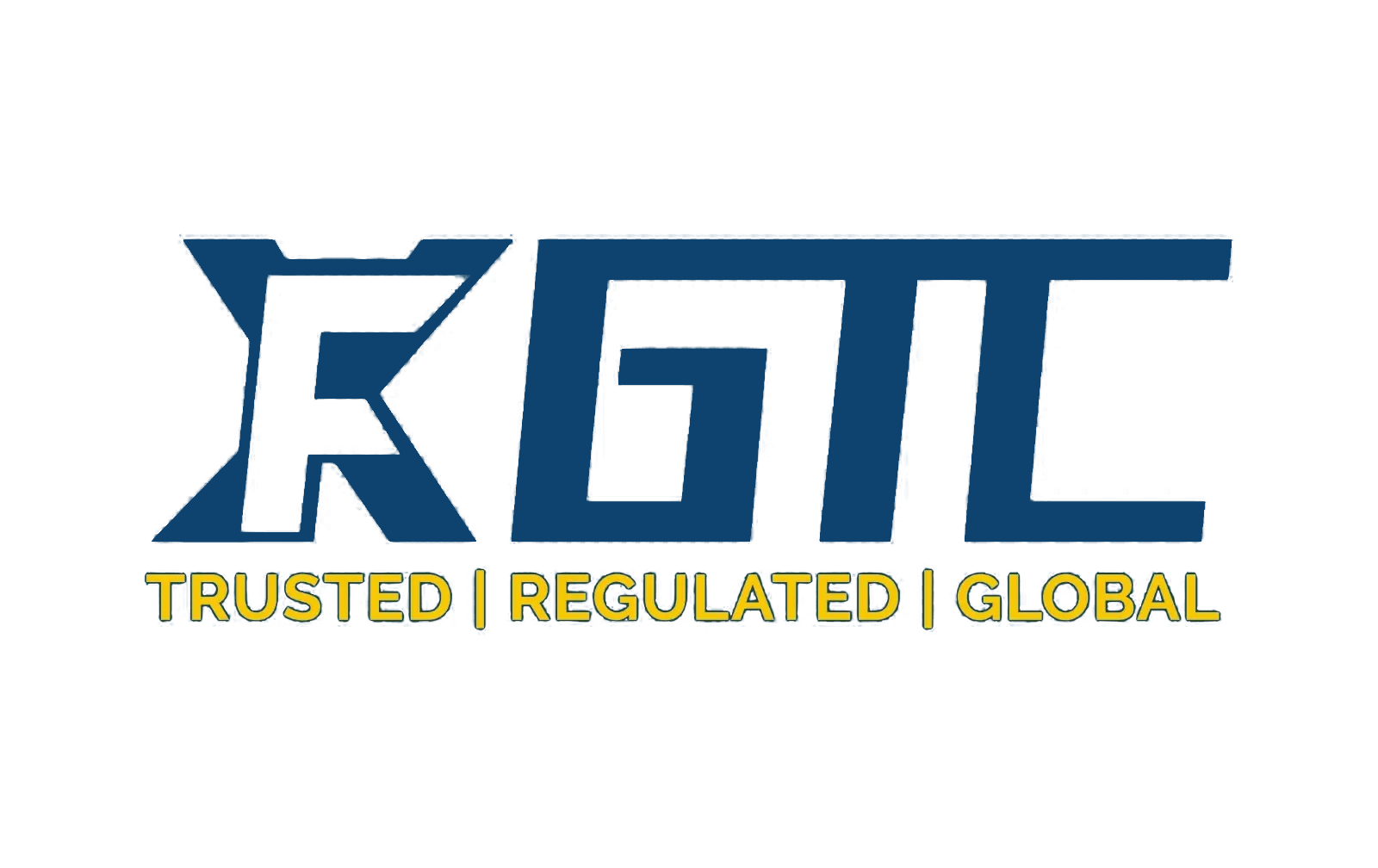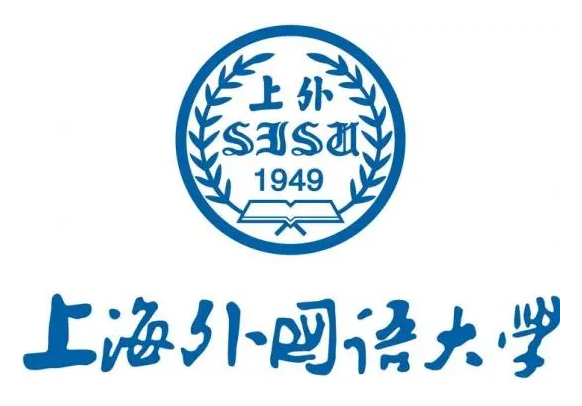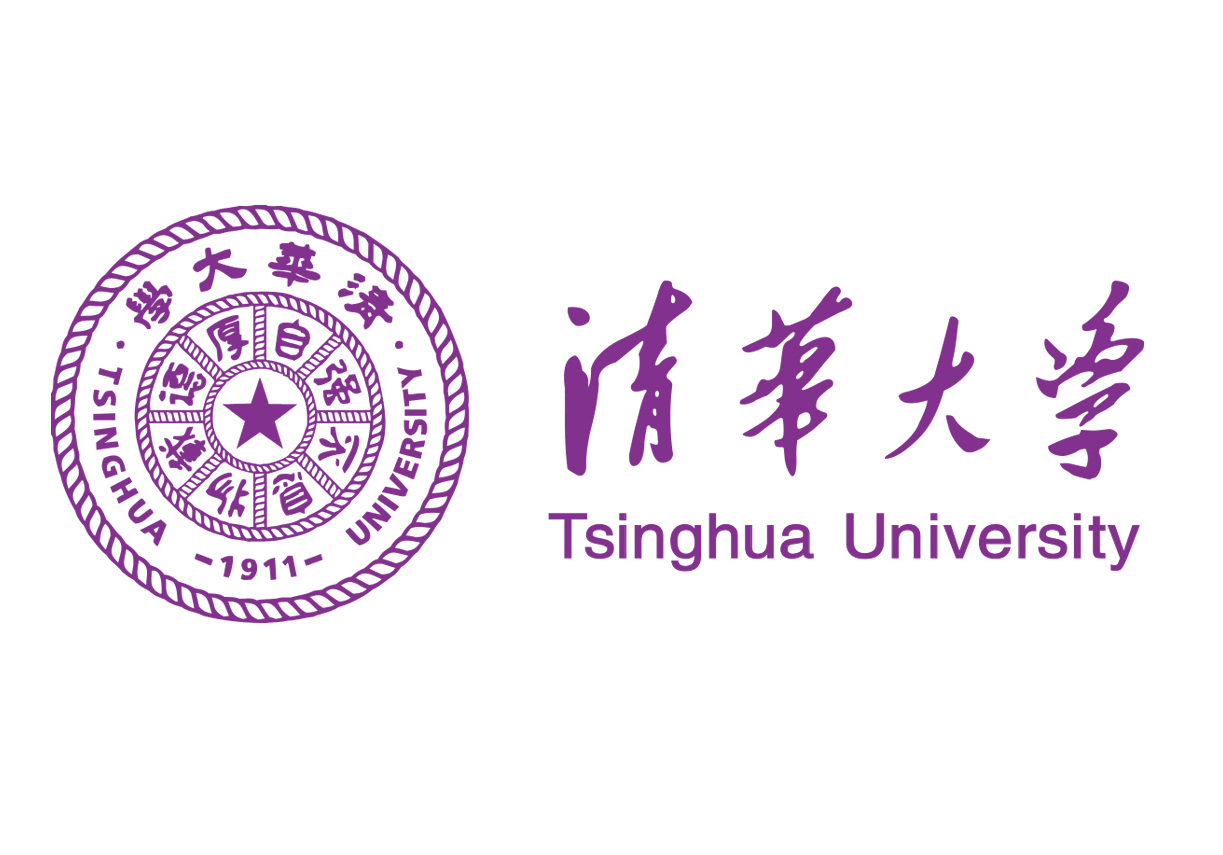SEO
Has your independent website been poisoned by 'zombie traffic'? Real case analysis of traffic cleaning technology
In independent website operation, traffic is an important indicator to measure the success or failure of a website. However, not all traffic can bring actual value. In recent years, the problem of "zombie traffic" has gradually surfaced and become a headache for many webmasters. The so-called zombie traffic refers to those seemingly massive but worthless fake traffic. They not only waste advertising budgets, but may also affect the website's SEO performance.
.jpg)
The Harm of Zombie Traffic: The Trap Behind False Prosperity
Zombie traffic is usually generated through automated programs or low-quality clicks, which may appear to skyrocket website traffic, but in reality, these traffic do not generate any actual conversions. Even worse, zombie traffic may lead to an increase in website bounce rates, a decrease in user stay time, and ultimately affect search engine evaluations of the website. In the long run, the SEO ranking of independent websites may significantly decline, and even be penalized by search engines.
Real case: The Path of Traffic Cleaning for an Independent Station
A certain independent e-commerce website once obtained astonishing traffic data due to placing a large number of advertisements, but its sales have always been sluggish. After in-depth analysis, the webmaster found that over 60% of the traffic comes from zombie traffic. These traffic not only did not generate any orders, but also led to a significant increase in advertising costs. To address this issue, the webmaster has taken the following measures:
1. Install traffic filtering tool: Identify and block abnormal IP addresses and low-quality sources through the tool.
2. Optimize advertising placement strategy: Adjust advertising placement channels and focus on high-quality traffic sources.
3. Strengthen data analysis: Regularly monitor traffic data, promptly detect and handle abnormal traffic.
After three months of traffic cleaning, the actual traffic of this independent website has increased by 40%, and sales have also achieved significant growth.
Traffic cleaning technique: how to effectively remove zombie traffic
1. Use professional tools: Utilize tools such as Google Analytics to analyze traffic sources and behavior patterns, and identify abnormal data.
2. Set traffic filtering rules: Block known zombie traffic sources, such as specific IP segments or low-quality advertising platforms.
3. Optimize SEO strategy: Attract real users through high-quality content and increase the website's natural traffic.
4. Regularly audit traffic data: Establish a traffic monitoring mechanism to promptly identify and address zombie traffic issues.
Conclusion: Let independent websites return to their true value
Zombie traffic is an invisible killer in independent website operations, but through scientific traffic cleaning techniques, webmasters can effectively remove these false traffic and enhance the true value of the website. Only by focusing on attracting real users can independent websites stand out in fierce market competition and achieve long-term stable development.
Previous:Don't let inefficient SEO eat up profits! The truth behind t
Next:Is the content team producing 30 articles per month without
98%的人继续阅读我们的案例
任何行业使用的SEO策略与技术都是相通的,行动就会有结果
每一位客人的需求不同、所展现的成果也不同,案例供参考

President Business School, access to deepseek, ERNIE Bot, Doubao AI, Alibaba Clo
Capgemini Ernest & Young brand optimization gets brand logo hintsThe company has
Our product transfer company completely obtains customers through SEO. A website
Global Financial Center (affiliated to Pinchuan Company, has applied for a trade
Due to privacy concerns, some content is hidden.Futures company Google ranking c
Due to privacy concerns, some content is hidden.A large financial company and pr
Google SEO Case - It took less than 1 day to rank for customer-specified keyword
On November 17, 2021, our company reached a cooperation with Guishitang (Changsh
On April 23, 2019, Mr. Zhang Zehua, an SEO expert of Pinchuan Company, was invit
On February 14, 2015, the Social Practice and Science and Technology Innovation
Famous University Professor Entrepreneurship Project - Independent Station and S
Business School Admissions Case



